New environmental professional sector will provide a network for professionals who protect and improve the quality of the environment through progressive engineering practices.
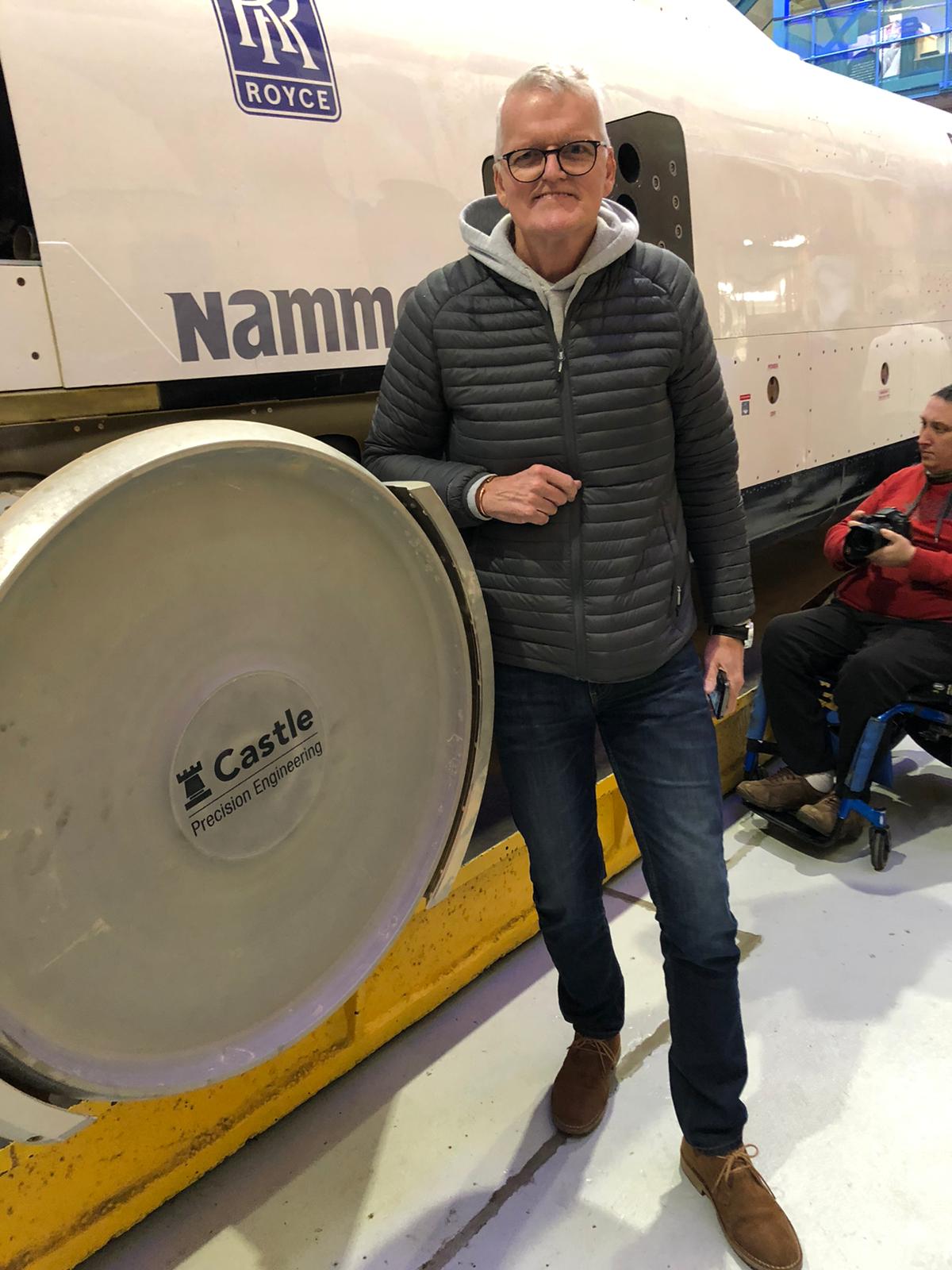
How can you define the role of an environmental engineer? According to Steve Burnage, Chair of the Society’s new environmental professional sector, the question can be a difficult one to answer, even for engineers in that field.
“There are two types of practicing environmental engineer: those engineers who are interested in how their product is impacting the environment by means of contamination, pollution, energy efficiency, and recyclability. Then, there are those engineers who are concerned with how the environment is affecting their product functionality. This group would include engineers whose products are affected by climatic conditions such as rain, snow, dust, heat, and ice, or induced environments such as vibration, shock, and impact, for example,” said Steve.
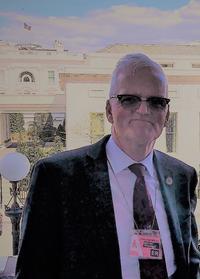
For Steve, this is the key definition that helps to establish exactly what an environmental engineer is. By making that distinction, it clears up confusion around the interpretation of a role that has perhaps not been explained in such open terms. As an environmental engineer who has worked in both camps, Steve would like to see closer co-operation between the two. Greater collaboration would benefit not only products and services, but also the environment as a whole. The recent Covid-19 crisis has more than demonstrated improvements in air and water quality due to the reduction in fossil fuel consumption. It is anticipated that new government legislation and financial incentives toward ‘greener’ solutions shall bring the role of environmental engineer to the fore.
Take, for example, the international insurance markets that are now looking at future-proofing plant and services against the impact of abnormal environmental events, such as fire and flooding. Incorporating designs that mitigate such events results in lower insurance premiums, reduction in downtime, and thus improvements in financial returns.
Sustainability can also be a defining financial factor, by incorporating recyclability or re-use of equipment into a design can improve the whole through-life costs, whilst reducing the impact on the environment and its natural resources.
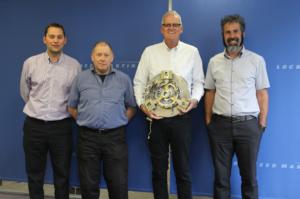
Among his achievements, Steve worked on civil space programmes that sent probes to Mars, along with contributing to the development of probe for Mercury and asteroids with the European Space Agency.
“I was chief engineer for the spin up ejection mechanism on Beagle2 and the design manufacture of its robotic arm element. It was a very intensive, challenging and rewarding project.
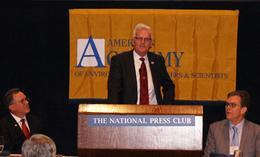
“From an environmental perspective, we had to ensure that our products would not contaminate the Martian environment along with influencing the measurements taken by the on-board scientific instruments. The need not to take with you microorganisms or to contaminate the atmosphere though inadvertent outgassing was of real concern. This was combined with the ensuring that the design and performance of our components survived and functioned during the environmental loading conditions imposed during interplanetary transfer, re-entry loads, and surface impact," added Steve.
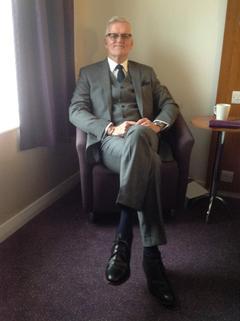
As Head of Engineering Integrity at Lockheed Martin, Steve had functional responsibility for over 300 engineers, ensuring that they complied both company and national codes of conduct.
“I was the design authority for the company’s products. As design signatory I had to declare that the product supplied would comply against the contracted performance requirements. Any supporting evidence in terms of design, test, safety, and performance documentation had to be supported by the appointed company expert. These engineers had to be accredited through a professional engineering institution to demonstrate an independent authority has approved and ratified their engineering competencies.
“As both a Chartered Engineer and Environmentalist for a good number of years, I volunteered as a Liaison Officer with the Engineering Council in advancing and promoting the role of professional engineering," said Steve.
Now, after many years working across engineering disciplines in multiple industries, Steve has joined the Society to help individuals and organisations adapt to the changing environment.
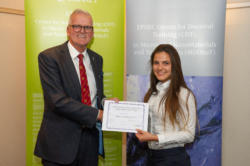
“At the Society we have an opportunity to work with members from all our professional sectors to assist with their products and services in how they impact or are impacted by the environment. Companies and industry must start to consider (if they are not already doing so) how the use of their products and services impact the environment,” concluded Steve.
To express your interest in joining the new environmental professional sector, email: [email protected]
Images: Main image: Steve next to bloodhound wheel (his concept design)
Top to bottom: At the White House.
Beagle2 team: L-R: Kevin Brown CEng MSOE, Graham Flawn, Steve, Mark Lawson IEng MSOE.
Receiving an award at the American Academy of Environmental Engineers & Scientists.
Prof. Steve Burnage.
Presenting at the University of Surrey CDT awards .

